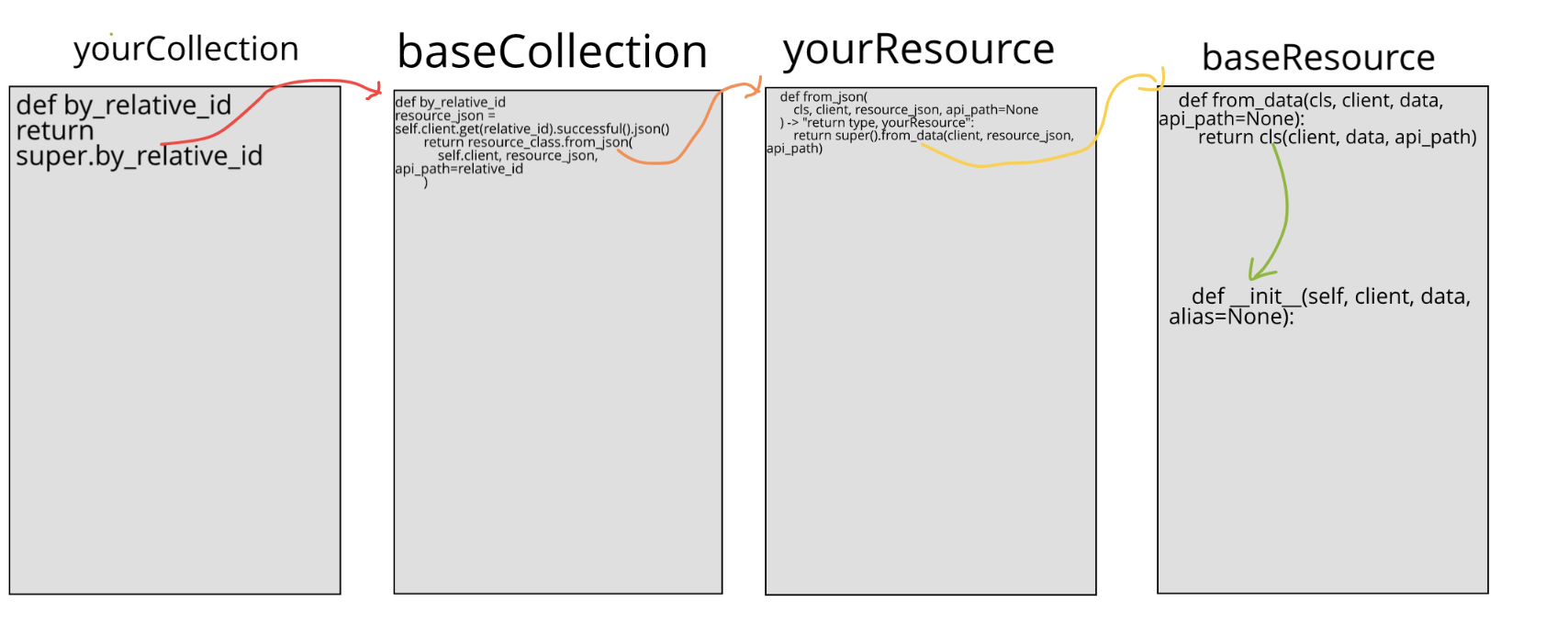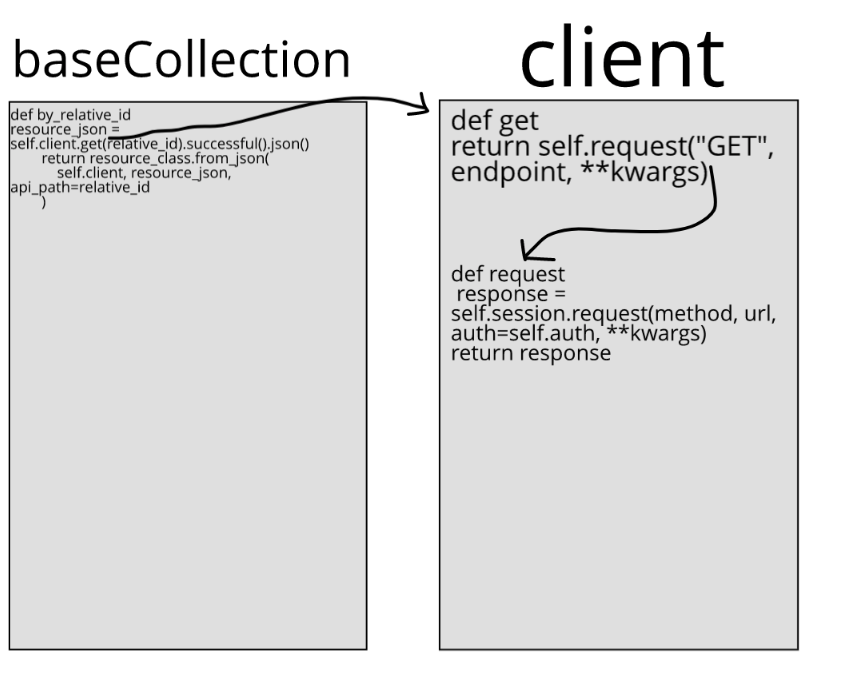Contributor Guide¶
Code of Conduct¶
🐛 Bug Reports / 🙋 Feature Requests¶
Please leave bug reports and feature requests as Github issues .
Be sure to check through existing issues (open and closed) to confirm that the bug hasn’t been reported before.
Duplicate bug reports are a huge drain on the time of other contributors, and should be avoided as much as possible.
↪️ Pull Requests¶
For larger, new features:
Open an RFC issue . Discuss the feature with project maintainers to be sure that your change fits with the project vision and that you won’t be wasting effort going in the wrong direction.
Once you get the green light 🚦 from maintainers, you can proceed with the PR.
Contributions / PRs should follow the Forking Workflow :
Fork it: https://github.com/[your-github-username]/tamr-client/fork
Create your feature branch:
git checkout -b my-new-featureCommit your changes:
git commit -am 'Add some feature'Push to the branch:
git push origin my-new-featureCreate a new Pull Request
We optimize for PR readability, so please squash commits before and during the PR review process if you think it will help reviewers and onlookers navigate your changes.
Don’t be afraid to push -f on your PRs when it helps our eyes read your code.
Install¶
This project uses poetry as its package manager. For details on poetry,
see the official documentation .
Install pyenv:
curl https://pyenv.run | bashClone your fork and
cdinto the project:git clone https://github.com/<your-github-username>/tamr-client cd tamr-clientUse
pyenvto install a compatible Python version (3.6or newer; e.g.3.7.3):pyenv install 3.7.3Set that Python version to be your version for this project(e.g.
3.7.3):pyenv local 3.7.3Check that your Python version matches the version specified in
.python-version:cat .python-version python --versionInstall
poetryas described here:curl -sSL https://raw.githubusercontent.com/sdispater/poetry/master/get-poetry.py | pythonInstall dependencies via
poetry:poetry install
Run style checks¶
To run linter:
poetry run flake8 .
To run formatter:
poetry run black --check .
Run the formatter without the –check flag to fix formatting in-place.
Build docs¶
To build the docs:
cd docs/
poetry run make html
After docs are build, view them by:
cd docs/ # unless you are there already
open -a 'Google Chrome' _build/html/index.html # open in your favorite browser
Overview of Resource and Collection interaction (from_json and from_data confusion)¶
yourResource and yourCollection are files that inherit from baseResource and baseCollection. Examples of such files would be resource.py and collection.py in the attribute_configuration folder under project.


Step 1 (red): yourCollection’s by_relative_id returns super.by_relative_id, which comes from baseCollection
Step 1a (black): within by_relative_id, variable resource_json is defined as self.client.get.[etc]. Client’s .get returns self.request
Step 1b (black): client’s .request makes a request to the provided URL (this is the method actually fetching the data)
Step 2 (orange): baseCollection’s by_relative_id returns resource_class.from_json, which is the from_json defined in yourResource
Step 3 (yellow): yourResource’s from_json returns super.from_data, which comes from baseResource
Step 4 (green): baseResource’s from_data returns cls , one of the parameters entered for from_data. cls is a yourResource, because in from_json the return type is specified to be a yourResource. When cls is returned, a yourResource that has been filled with the data retrieved in client’s .request is what comes back.